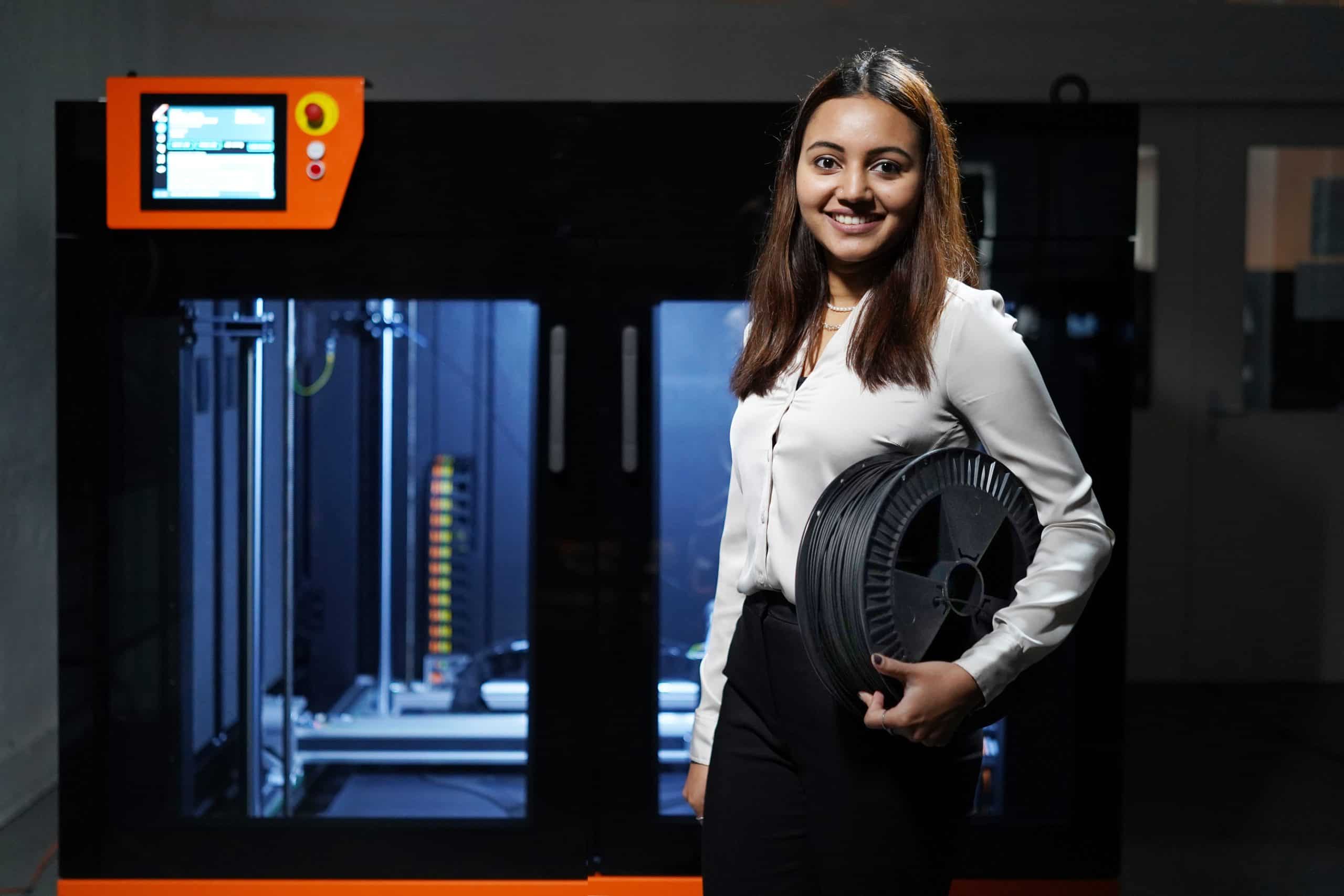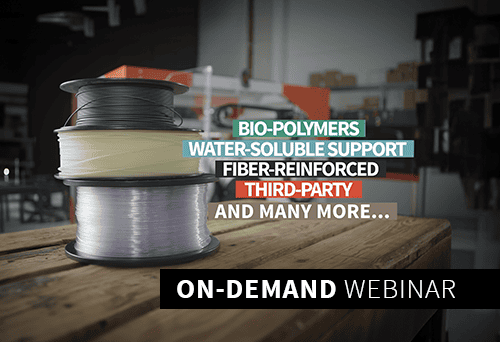Open 3D print material systems offer manufacturers freedom to choose any compatible filament that hits the market but closed material systems deliver predictable results. This raises the BIG question: Are open material systems truly open for innovation?
3D printing promises unparalleled freedom of production. Open material systems multiply that freedom tenfold.
The FFF continues to swell with an ever-growing range of 3D print filaments, and manufacturing sectors are wasting no time in discovering new applications with their 3D printers. For example, medical technology and the defense industry are increasingly seeing the use of Conductive Polymers such as PEDOT (Poly(3,4-ethylenedioxythiophene) in applications like organic electronics, sensors, and energy storage devices.
However, not all 3D printers support any compatible materials. There are two types of materials systems: open and closed. 3D printers with closed material systems allow you to print with specified proprietary materials whereas with open material systems, you can use any compatible filament.
If open material systems sound more open to innovation, what keeps industries within the walls of closed 3D material systems?
Open vs Closed 3D Print Material Systems

With an open material system, you can experiment with different materials, create and edit print profiles (the print temperature, print speed, layer height, etc., in the 3D printer’s slicer software) to bring out desired properties and source them from different suppliers, which opens a world of possibilities.
On the other hand, closed material systems keep printing simple and consistent by limiting you to proprietary materials specified by your 3D printer manufacturer and locked print profiles. This can ensure reliability and consistency but might come with a hefty price tag (expensive proprietary materials, cost to unlock new print profiles etc.,) and limit innovation with other materials. While closed systems offer ease of use and predictability, open systems are all about flexibility.
Advantages of an Open Materials System
Choice: You have access to a broad range of materials which allows you to select the perfect material based on the functionality and aesthetics you are looking for.
Customization: You can tailor material profiles of any compatible filament ensuring your 3D printer delivers successful prints and brings out desired properties.
Lower Material Costs: You can choose from different suppliers without being locked into expensive proprietary filament.
Budget Flexibility: With affordable access to a wide range of materials, you can go big or small on the budget.
Encourages Exploration: The freedom to experiment with new and advanced materials drives innovation in applications.
Facilitates R&D: Open systems support continuous product development with materials that fit specifications.
Diverse Sourcing: You can source materials from different suppliers, which reduces supply chain bottlenecks.
Enhanced Reliability: An open system makes it easier to maintain a steady flow of materials, reducing the risk of production downtime.
Optimized Material Profiles: Profiles can be tailored to bring out the best properties of any compatible material, whether it’s strength, flexibility, or heat resistance.
Adaptability: There is no restriction on a single set of materials which allows for the smooth and efficient scaling of your business as it grows and evolves.
Choosing the Right 3D Print Material
With the plethora of materials available, which one would be the best fit for your part? The right filament depends on your project requirements. Are you looking for ease of use and biodegradability? PLA might be your best bet. Need something tougher with higher temperature resistance? Consider ABS or Polycarbonate. For extreme performance, PEEK could be the answer.
By understanding the properties and printing requirements of these materials, you can make informed decisions and achieve the best results for your 3D printing projects. Whether you're prototyping, producing functional parts, or exploring new applications, there's a 3D printing plastic that fits your needs.
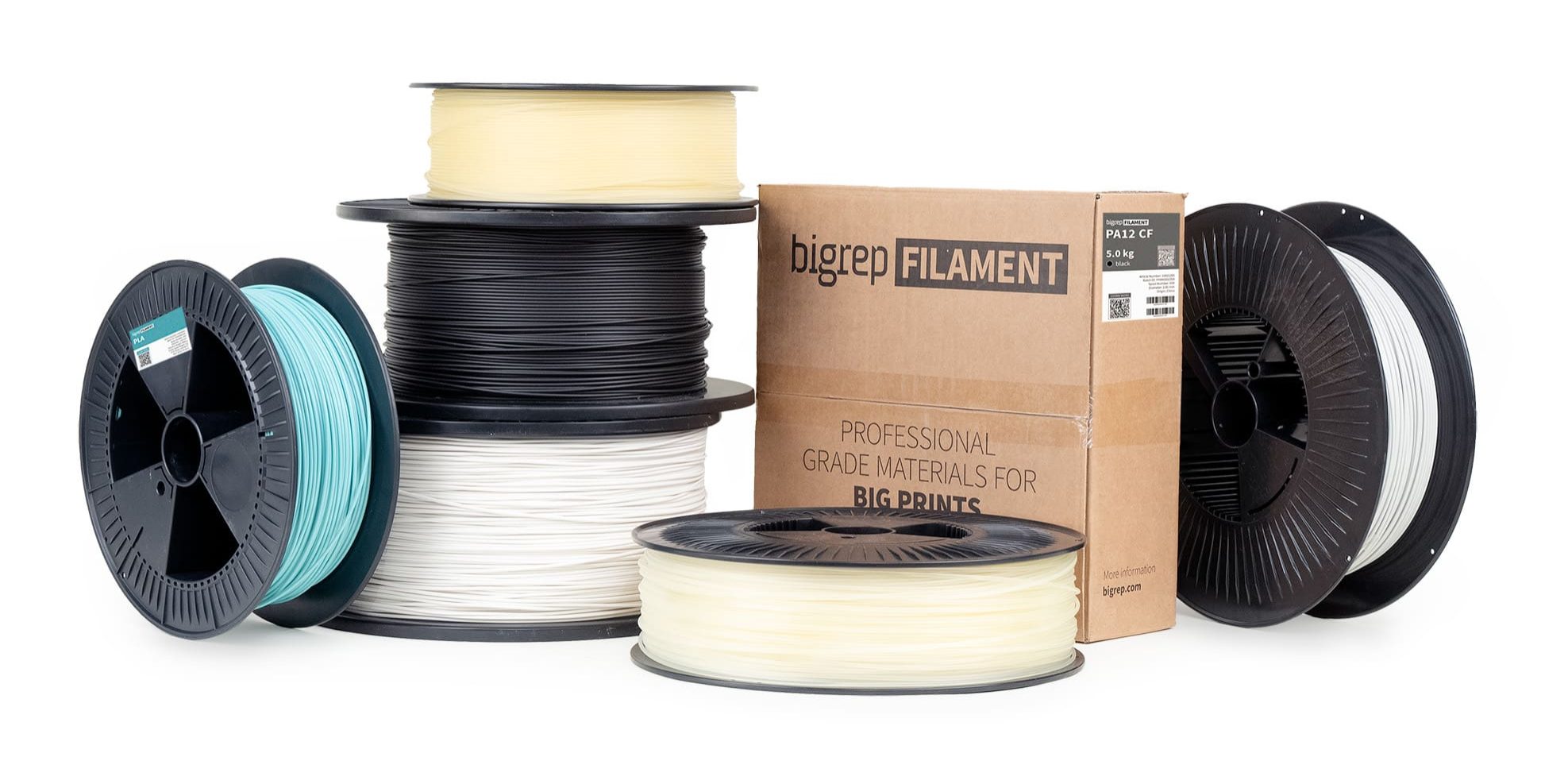
Exploring Low to High-Temperature 3D Print Plastics
One of the key considerations while choosing a plastic is the temperature range of the material and your 3D printer’s technical capabilities. From low to high-temperature filaments, each type has its own strengths and applications.
Standard & Bio-Based Plastic Filaments

PLA (Polylactic Acid): One of the most user-friendly and commonly used filaments, PLA is biodegradable and perfect for beginners. It prints at relatively low temperatures (around 190-230°C) and is great for prototypes, educational models, art installations, and interior decor.
PETG (Polyethylene Terephthalate Glycol): A step up from PLA, PETG offers better durability while still being easy to print with. It typically prints at around 220-250°C and is well-suited for functional parts that need impact resistance to a certain degree.
Engineering-Grade Plastic Filaments
ABS (Acrylonitrile Butadiene Styrene): Known for its excellent strength, ABS is a popular choice for more demanding applications. It requires a heated print bed and prints at around 220-250°C. It is ideal for parts that need to withstand higher temperatures and mechanical stress.
ASA (Acrylonitrile Styrene Acrylate): ASA is the weatherproof version of ABS. It prints at similar temperatures to ABS (230-270°C) but offers better UV resistance, making it perfect for automotive and parts exposed to outdoor elements.

High-Performance Plastic Filaments

Polyamide (PA): Highly durable and wear-resistant, Polyamide, also known as Nylon, is a bit trickier to print because of its tendency to absorb moisture. It prints between 240-300°C and is excellent for gears, bearings, and other high-stress components.
Polycarbonate (PC): Tough and transparent, Polycarbonate is one of the strongest 3D printing materials available. It prints at around 260-310°C and is great for applications that need high-impact resistance and clarity.
PEEK (Polyether Ether Ketone): At the top end of the temperature spectrum, PEEK is a high-performance plastic used in aerospace, medical, and industrial applications. It requires very high printing temperatures (around 350-450°C) and offers exceptional mechanical and chemical resistance.
Fiber-Reinforced Plastic Filaments
PA12 CF (Polyamide 12 Carbon Fiber): Durable and with great surface quality, PA12 CF is suitable for many industrial parts with daily usage under long-term stress. Its high strength-to-weight ratio makes PA12 CF a perfect solution for lightweight end-use parts.
PC CF (Polycarbonate Carbon Fiber): Its impact and heat resistance make PC CF an ideal choice for industries such as electronics, automotive, and aerospace. The addition of carbon fibers provides additional strength and toughness.
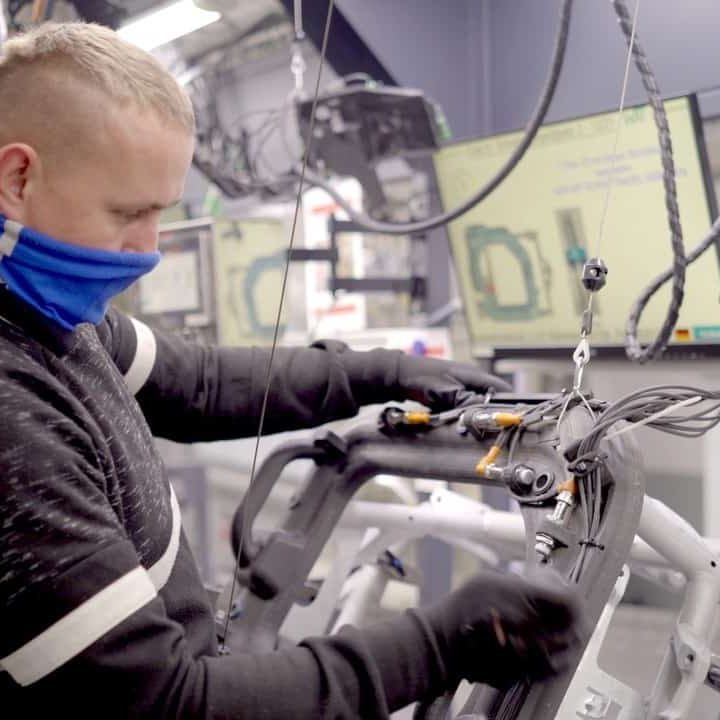

Validated BigRep Filaments Compatible with All BigRep Machines
The heart of all BigRep machines is the material system that’s open for innovation. You can print with any compatible filament of your choice – BigRep’s or a 3rd party’s – and unlock new applications with our low to high-temperature machines.
We also have a portfolio of industrial-grade 3D printer filaments ranging from affordable, general-use materials to technical materials for demanding industrial applications. Each filament is rigorously tested to ensure reliable and even extrusion so have successful prints every time.
Our filaments are specifically designed for large-format 3D printing, helping you bring your big ideas to life.
Our Catalogue of Verified Filaments


PA12 CF: Stiff and strong for industrial parts
HI-TEMP CF: High-temperature carbon fiber
ASA: UV-resistant and high-strength
ABS: Versatile and impact-resistant
PLX: Cost-effective and reliable
BVOH: Water-soluble support for dual extrusion
HI-TEMP: Stiff and eco-friendly
PA6/66: Lightweight and resistant
PRO HT: Easy printing and support removal
PETG: Durable and impact-resistant
PLA: Affordable and versatile
TPU 98A: Flexible and chemically resistant
BigRep BLADE: Custom Material Print Profiles Made Easy
As part of BigRep’s commitment to a lifetime partnership with our customers, we develop material profiles to ensure best printing quality so your prints come out right the first time, no matter your level of 3D printing experience.
Our slicing software, BLADE, offers a variety of pre-configured profiles for all BigRep materials. These profiles optimize the printing process, saving you valuable time and money by achieving faster print times, reducing material usage, creating lighter parts, and improving the aesthetics of your prints.
Have third-party materials you want to print on your BigRep machine? No problem. With BLADE, you can fully customize the printing parameters to perfect your parts. The intuitive interface makes it easy to create custom profiles and fine-tune print settings such as layer thickness, extrusion and build chamber temperature, and print speed to meet your material and application requirements.
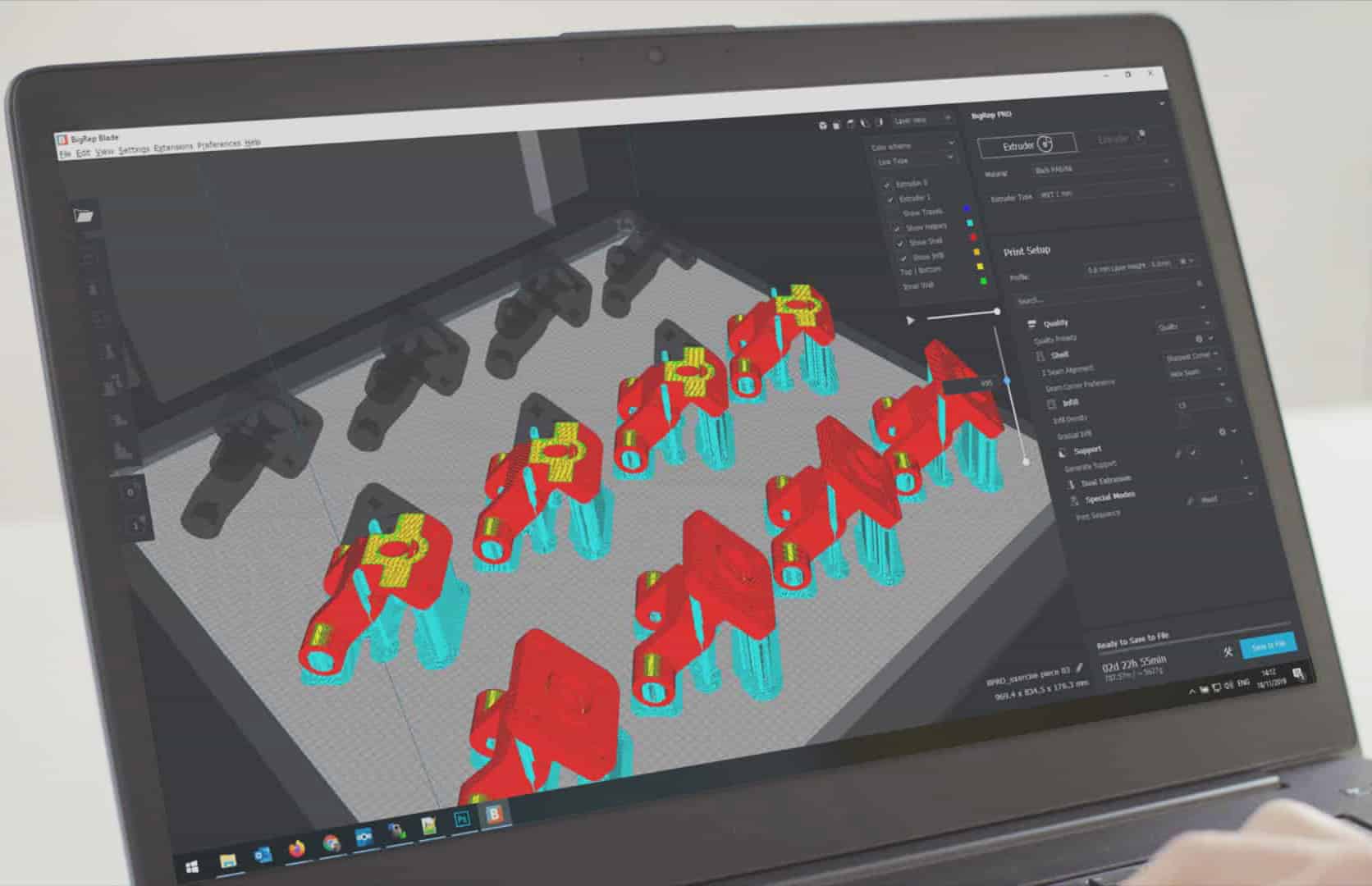
The Best of Both Worlds
When you opt for an open material system, you may not get custom printing profiles or materials that are developed for and tested on that specific 3D printer. With BigRep, you can reap the benefits of both worlds. We combine closed systems' reliability and consistency of our propriety materials and profiles with open systems' flexibility, competitive pricing, and broad material choice. This dual approach ensures businesses achieve maximum performance and best price-to-performance ratio, while maintaining the freedom to experiment and innovate.
Want to learn more about open material choice for 3D printing solutions?
Register to watch the webinar, FROM LOW TO HIGH TEMP FILAMENTS: How to Choose the Perfect Material for Any Application
Learn why all BigRep 3D printers are open material systems, meaning you are free to use any compatible material, whether its BigRep or otherwise. Gain insights about 3D printing materials across the temperature spectrum, from standard low-temperature polymers to high-temperature and high-performance materials.
FROM LOW TO HIGH TEMP FILAMENTS: HOW TO CHOOSE THE PERFECT MATERIAL FOR ANY APPLICATION
